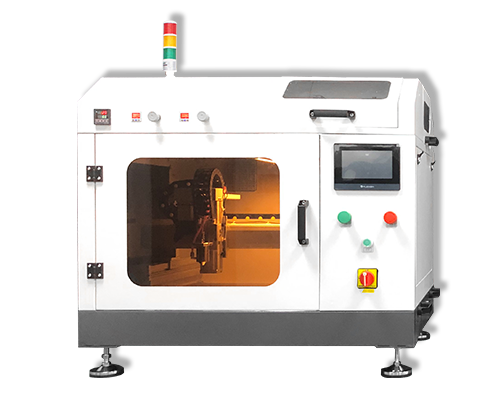Proton Exchange Membrane Electrolysis of Water for Hydrogen Production
Proton Exchange Membrane Electrolysis of Water for Hydrogen Production – Electrolyzer Coatings – Cheersonic
The technology is gradually industrialized, and the asbestos diaphragm in the alkaline electrolyzer is replaced by the proton exchange membrane, which can conduct protons.
Advantage 1: At the same time, the proton exchange membrane is insulated and non-porous to isolate gas, which has better safety, and the purity of hydrogen production is as high as 99.99%.
Advantage 2: High current density 2A/cm2, small size; slightly lower energy consumption 4kWh/Nm3H2, large pressure adjustment margin, and good responsiveness.
At present, the main research focuses on electrocatalysts, membrane electrodes and diffusion layers.
Electrocatalyst Research:
PEM water electrolysis includes cathode hydrogen evolution and anode oxygen evolution. The commercial cathode catalyst is Pt/C particles (similar to fuel cells), and the catalyst is easy to decay; in the SPE water electrolysis cell, due to strong acidity (pH≈2) and 1 . 4 ~ 2.0 V high potential, the catalyst with C as the carrier will attenuate due to the oxidation of C, and the transition metals such as Mn, Co, Ni are easy to be eroded, and will adhere to the membrane and interact with the sulfonate ions in the membrane. combined, thereby reducing the mass transfer capacity of the membrane.
Oxygen evolution catalyst is a difficult point. The current research focuses on iridium oxide IrO2-ruthenium oxide RuO2, and the use of noble metal catalysts can be reduced by 30%-50% by synthesizing noble metal alloys.
Membrane Electrode Research:
Generally speaking, the catalyst is coated on the proton exchange membrane. The preparation method of the membrane electrode, the structure of the catalytic layer, the activity of the catalyst, the content of Nafion in the slurry and the degree of dispersion have an important impact on the macroscopic performance of the electrolytic cell.
Hotspots are present when ordering electrodes. At present, the channels of water, electrons, and protons in catalysts, carriers, and slurry polymers are in a disordered state. Through orderly design of catalysts, carriers, and polymers, the channels of water, electrons, and protons are more efficient and smooth, which is to reduce costs. and a key method to increase energy density.
Diffusion layer studies:
The anode diffusion layer is used for mass transfer of O2 and H2O, which has high potential and acidic environment, and requires a coating with good corrosion resistance. Usually the base is made of porous titanium, porous sintered titanium plate and titanium fiber felt have better performance. Titanium plate generally has a porosity of 30% and a minimum thickness of 0.6mm; titanium felt has a porosity of 70% and a minimum thickness of 0.2mm, and is often used as an anode diffusion layer material. Coating precious metal alloys on the surface of titanium felt to improve corrosion resistance, such as using ion sputtering to coat 20-150nm iridium, is currently costly.
Bipolar plate
Stainless steel can be used on the hydrogen side, and titanium plates must be used on the oxygen side, and must be modified.
Cheersonic ultrasonic coating systems are used in a number of electrolysis coating applications. The high uniformity of catalyst layers and even dispersion of suspended particles results in very high efficiency electrolyzer coatings, either single or double sided.
In hydrogen fuel cell production, PEM electrolyzer coating systems are ideal for spraying carbon-based catalyst inks onto electrolyte membranes. These systems are fully automated, capable of dual side coating, and enable different catalyst formulations to be applied to each side of the membrane. Durability and repeatability of the coating are proven superior to other coating methods, often providing higher efficiencies with extended lifetimes of the coated PEM.
Our coating solutions are environmentally-friendly, efficient and highly reliable, and enable dramatic reductions in overspray, savings in raw material, water and energy usage and provide improved process repeatability, transfer efficiency, high uniformity and reduced emissions.


